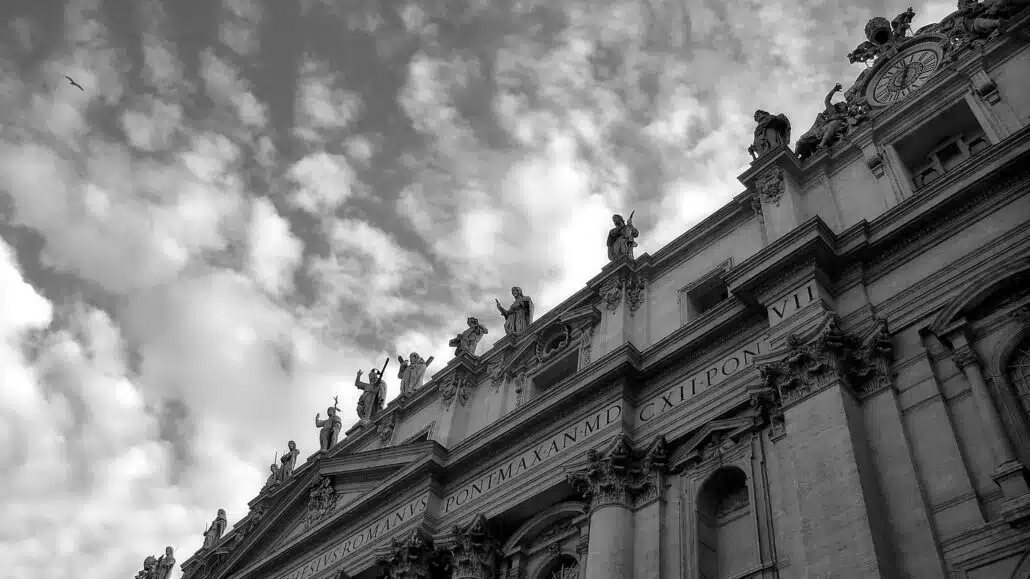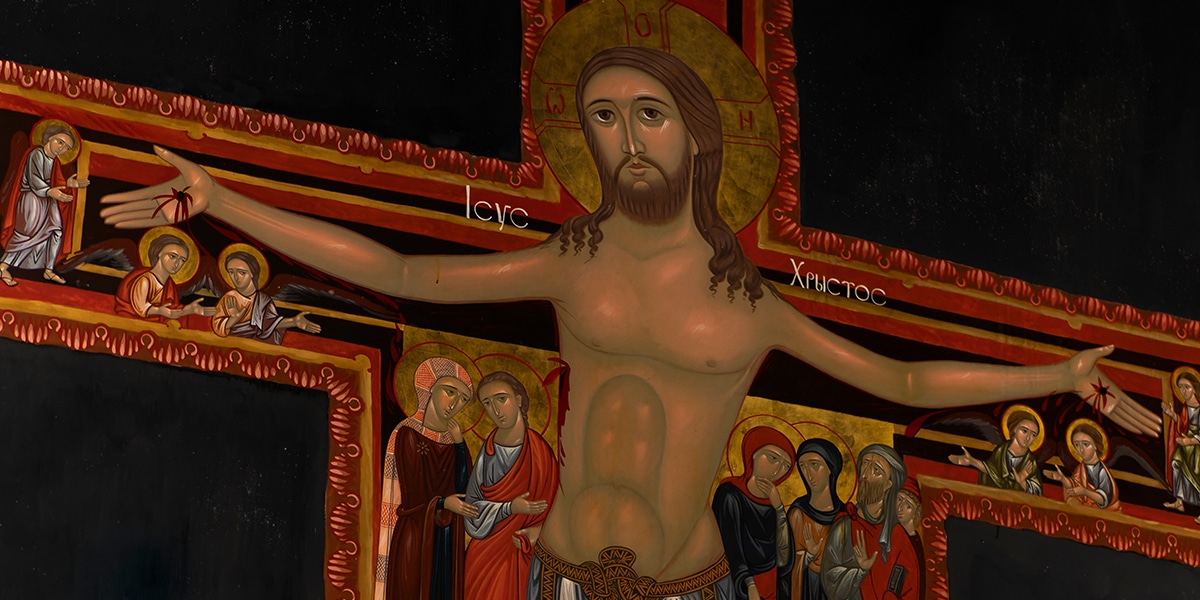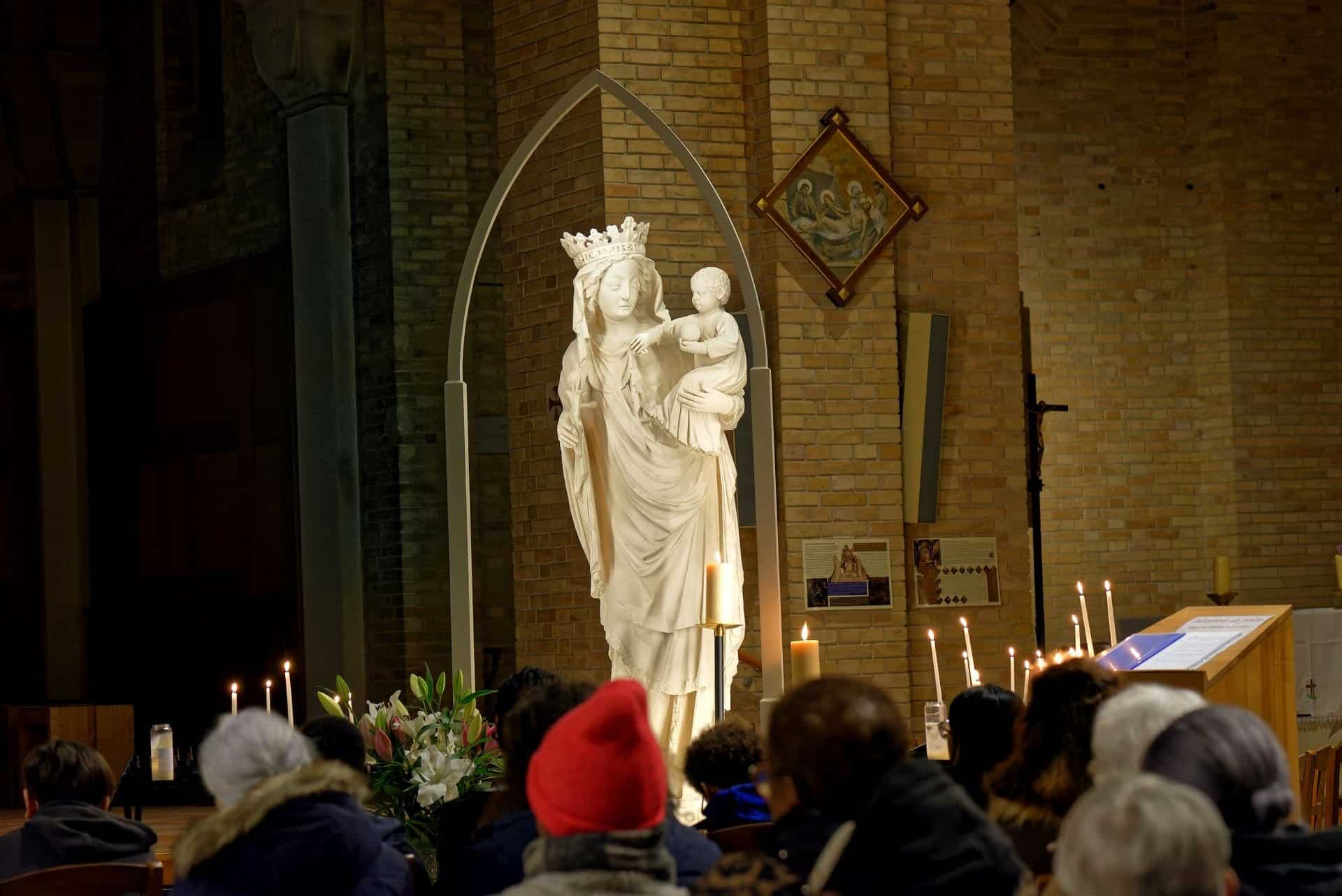Recognizing the countless men, women, and children who have faithfully filled the pews throughout history is essential. Over the past millennium, they have increasingly become central figures, bolstering the Church’s growth and stability. We must also remember those devoted individuals who laid the Church’s foundations during its first millennium, often enduring hardship and persecution.
In honor of their sanctity, virtue, and profound impact on the Catholic Church, here is a carefully curated list of the most well-known Catholic Saints, each of whom has significantly influenced its history and direction. Through their exemplary lives and unwavering faith, these famous Catholics have left an enduring legacy, guiding the Church through prosperity and adversity.
Whether famous priests, Roman Catholic church leaders, or faithful laypeople, these individuals have inspired countless others to follow in their footsteps, leading the Church and its followers toward spiritual growth and social impact.
Top 10 Most Influential Catholics
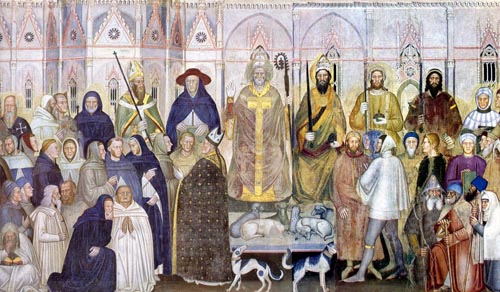
1. St. Gregory VII (1025-1085)
Gregory VII emerged as a pivotal figure shaping future popes at the dawn of the millennium. Becoming pope in 1073, he sought to free the Church from secular control, ensuring bishops, abbots, and popes were chosen without interference. Gregory aimed to establish the papacy as the supreme authority in Church and secular matters. Concerned about clergy morals, he worked to improve ethical standards and promoted celibacy among priests.
Gregory’s influence spread throughout the Church. He excommunicated Emperor Henry IV, showing his refusal to bow to secular pressure. He solidified clerical celibacy and banned the sale of Church offices, known as simony. He removed bishops opposed to his reforms or installed by nobles.
Gregory VII’s papacy transformed the papacy into a powerful monarchy rivaling secular authorities. His successors, like Innocent III, further developed this into a bureaucratic powerhouse, laying the groundwork for “the Vatican.”
However, this revolution had costs. The growing bureaucracy sometimes got entangled with worldly matters, making the papacy a reform target by Christianity’s second millennium. Despite this, Gregory VII’s legacy of moral leadership left an indelible mark, influencing 20th-century popes and setting a precedent for moral and spiritual leadership in the Church, making him one of the most famous popes.
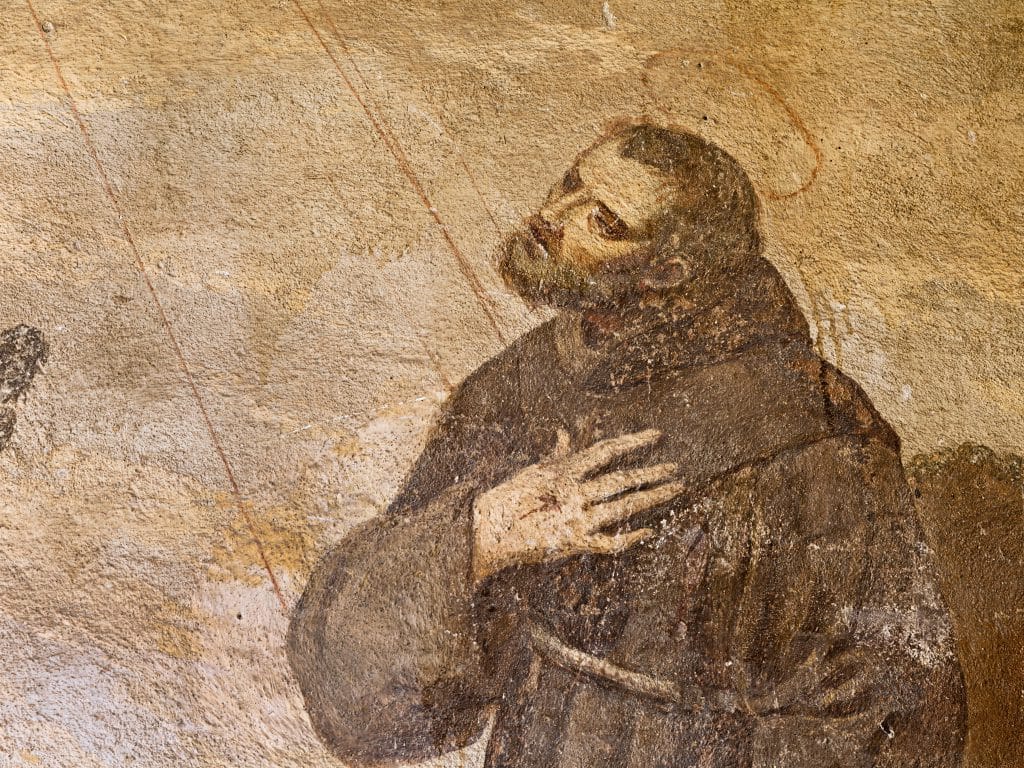
2. St. Francis of Assisi (1182-1226)
St. Francis embodied a medieval spirituality filled with emotion, similar to Gregory VII’s structured papal monarchy. Born in 1181 or 1182 in Assisi, St. Francis of Assisi is celebrated for his deep connection to nature and compassionate spirit. To truly understand his life, it’s important to consider the historical context, recognizing the challenges and societal dynamics that influenced his mission. We often view Francis as a timeless saint addressing all eras, but appreciating his legacy requires placing him in his historical setting.
During his life, Francis ministered to the poor in ghettos, where poverty was concentrated. Europe was experiencing significant economic and population growth, expanding cities and increasing the divide between rich and poor. As the wealthy accumulated more, the plight of the less fortunate worsened. Renouncing his wealth, Francis devoted his life to following Christ’s example by clothing the naked, feeding the hungry, and sheltering the homeless. He embraced the scriptural ideal that aiding the least fortunate was serving Christ, resonating with medieval Christians who sought to imitate Jesus.
Francis left a legacy of living a Christ-like life in everyday circumstances, blending prayer and action. Even centuries later, his spirit resonates with leaders worldwide. Pope Francis chose his papal name to honor St. Francis, signaling a commitment to humility, simplicity, and caring for the poorest among us.
Francis left a legacy of trying to walk in the footsteps of a familiar Jesus in the circumstances of our everyday lives, an apostolic life that combines prayer and action.
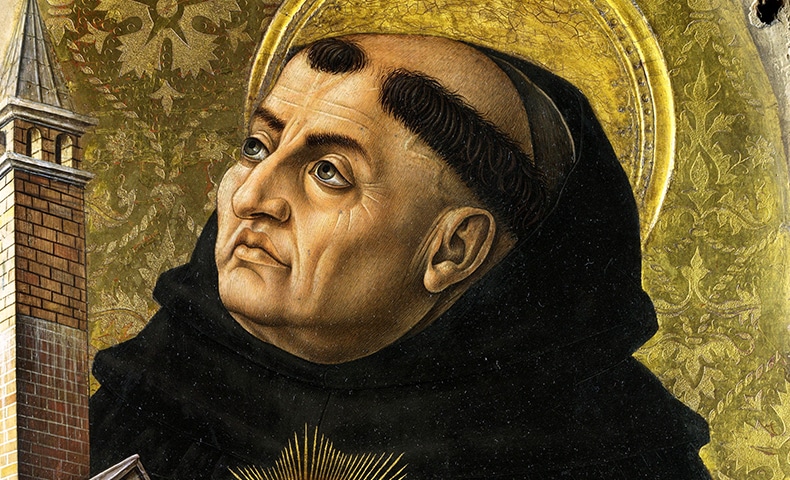
3. St. Thomas Aquinas (1225-1274)
St. Thomas Aquinas, a towering figure in the history of theology, has arguably shaped Catholic discourse more profoundly than any other theologian. Born in the Kingdom of Sicily in 1225, Aquinas entered the Dominican Order despite his family’s opposition and went on to study under the esteemed Albertus Magnus.
Aquinas was a highly respected university professor, a devoted Dominican priest, and one of the most well-known Catholics. He meticulously organized the study of theology in his monumental work, the Summa Theologiae, a comprehensive summary of theological topics arranged systematically. While he didn’t invent this method, many consider him its greatest master. His significant achievement lay in addressing all facets of a theological question—such as “Can it be demonstrated that God exists?”—while avoiding frivolous queries like “How many angels can dance on the head of a pin?” He skillfully reconciled divergent viewpoints into one cohesive, authoritative, and formulaic theology text that became a standard reference.
During the 19th century, Aquinas’s scholastic method, characterized by posing precise questions to seek answers, was revived. This resurgence influenced a new wave of scholars who embraced his tradition or sought alternative methods. This revival helped cement his role in shaping modern theological discourse, bridging the gap between faith and reason.
Despite his vast contributions, Aquinas himself recognized the limits of his understanding. Shortly before his death in 1274, he experienced a profound vision during Mass that compelled him to cease writing. Reflecting on this experience, he humbly told his friends that all his writings seemed like straw compared to what he had seen. Even for Aquinas, a man of unparalleled intellect, Christianity remained a faith-seeking understanding, a journey toward deeper truths beyond the grasp of human wisdom.
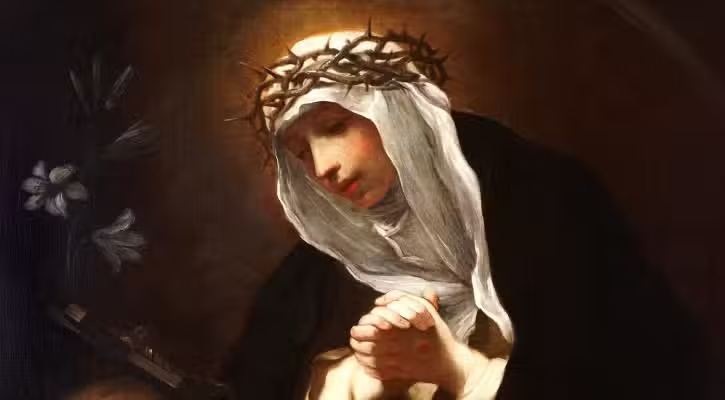
4. St. Catherine of Siena (1347-1380)
The late Middle Ages were marked by institutional chaos, notably with the papacy’s move from Rome to Avignon between 1305 and 1378, which led to the Great Schism. During the Schism, two and eventually three popes simultaneously claimed authority, creating confusion and division lasting from 1378 to 1417. About a century later, the Protestant Reformation caused a significant split between Protestants and Catholics, reshaping the religious landscape of Europe.
Amidst this turmoil, there was a remarkable flourishing of female mysticism within the Church. Inspired by their faith, women began to play an increasingly active role. One such extraordinary woman was Catherine of Siena, a Dominican tertiary whose influence spanned beyond the confines of traditional religious roles. Catherine gathered a spiritual family of both men and women, which attracted attention and sometimes suspicion. She boldly refused to conform to the traditional roles of marriage and motherhood or to retreat into a life confined within a convent. Instead, she chose a path of active engagement and prayerful life inspired by the Dominican model.
Catherine was a prolific writer, leaving behind nearly 400 letters, many of which were addressed to influential figures, including popes. Her correspondence included firm admonishments to use power and authority wisely, reflecting her deep commitment to church reform. She was a vocal advocate for the papal return to Rome from Avignon, where the popes had indulged in a life of luxury.
Throughout her life, Catherine experienced profound mystical visions. She described experiences such as a mystical marriage with God and a deep union with Christ’s suffering on the cross. These spiritual encounters were recorded in her writings, notably a dialogue between herself and God, which remains a testament to her deep spiritual insight and influence on the Church. Catherine of Siena’s life and work exemplify women’s active and visionary role in religious discourse as the millennium advanced.
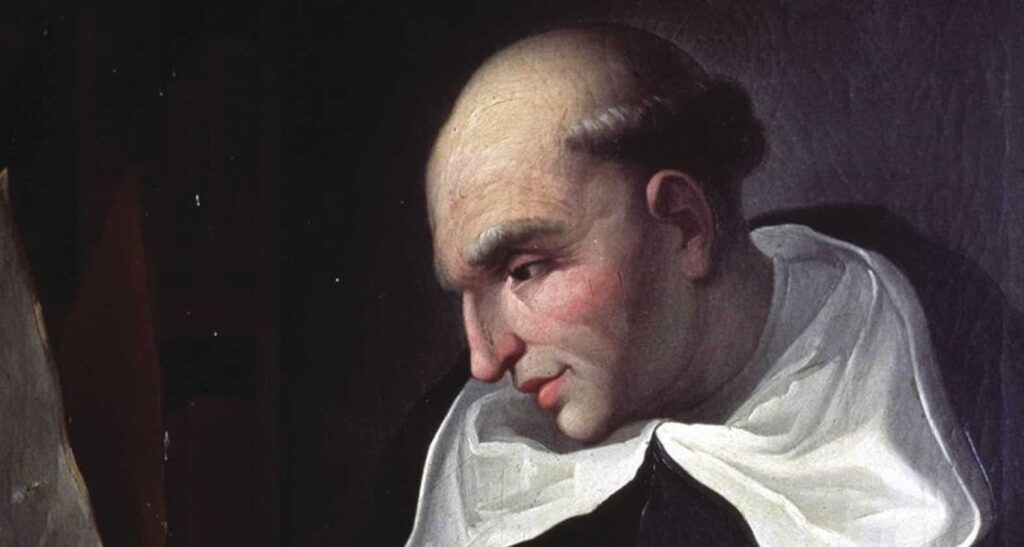
5. Bartolomé de Las Casas (1474-1566)
In the second millennium, Christianity crossed the Atlantic with Columbus, sparking significant cultural and religious exchange between Europe and the Americas. The first Christian missions were marked by the cruel treatment of indigenous people, whom Columbus mistakenly called “Indians.” Columbus reported to Europe, noting, “How easy it would be to convert these people” and “to make them work for us,” laying the groundwork for centuries of exploitation.
One voice rose against this inhumane treatment: Bartolomé de las Casas. His father sailed with Columbus and returned with an “Indian” slave. Las Casas moved to Cuba in 1502, owning land and slaves, even after becoming a priest. In 1514, he had a change of heart and viewed slavery from a new, compassionate perspective, placing him high in the rankings of Catholic priests.
As “Protector of the Indians,” Las Casas traveled between Spain and the Americas, championing against the brutal treatment of indigenous peoples. He argued that “Indians” were human beings with the same rights as white Europeans, not inferiors or animals, as many believed.
Though progressive, Las Casas was still influenced by his era’s biases. He once supported black slavery but later recanted. As a Dominican bishop in Mexico, his radical views led some to label him a lunatic and even attempt to hang him. His efforts led to the New Laws of 1542-1543, which aimed to end slavery. His work, “A Brief Relation of the Destruction of the Indies,” exposed the harsh realities of Spanish treatment of indigenous peoples.
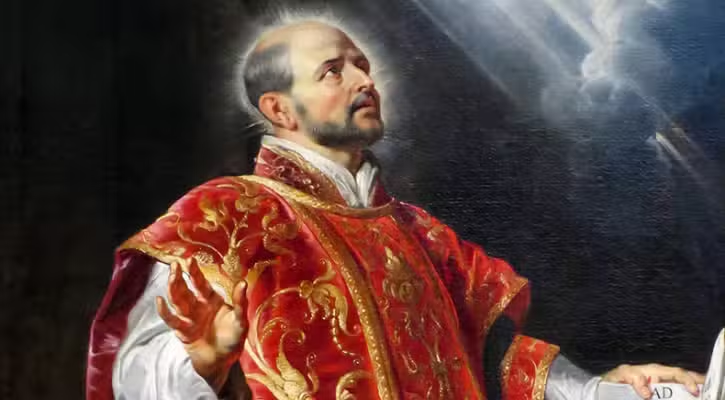
6. St. Ignatius Loyola (1491-1556)
Ignatius was born in 1491 in Spain’s Basque region into a noble family involved in local politics and military affairs. Raised as a chivalrous courtier and soldier inspired by tales of knighthood and valor, his life changed dramatically at about 30 when a cannonball shattered his legs during the Battle of Pamplona. This injury ended his military career and led to a long, painful recovery.
During his recovery, Ignatius had limited reading material, primarily religious texts about Christ and the saints. These readings sparked a profound spiritual awakening, leading him to see parallels between serving a lord and serving God. Despite not knowing Latin, the language of theology, he joined a local grammar school with children to learn the basics, starting with amo, amas, amat.
These humble beginnings laid the foundation for his future. Ignatius pursued advanced studies, eventually earning a doctorate in theology. During this time, he formed the Society of Jesus or the Jesuits. The Jesuits’ unique commitment to the Church included a fourth vow—undertaking any mission the pope assigned, regardless of location or difficulty. He dedicated himself to his work and prayer, leaving over 6,000 letters filled with instructions and encouragement.
As a spiritual director and mystic, Ignatius compiled his insights into the Spiritual Exercises. This guidebook for spiritual growth, similar to Teresa of Avila’s Interior Castle, teaches that prayer is a journey marked by days of consolation and desolation. The Exercises emphasize maintaining a steady path through daily conscience examination, enabling individuals to discern which thoughts, or “spirits,” to follow for the greater glory of God. Through these teachings, Ignatius sought to guide others on their spiritual journeys, helping them find God in all things.
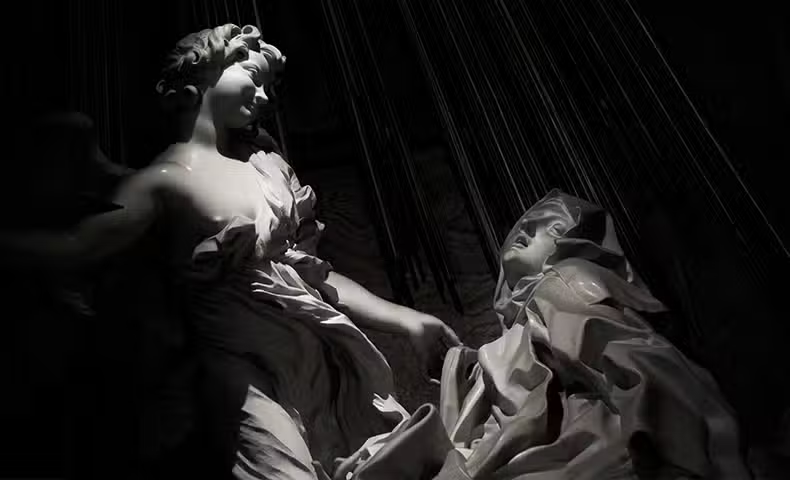
7. St. Teresa of Avila (1515-1582)
St. Teresa was considered too bold for many Christians of her time, particularly those in positions of authority. As a female mystic, she faced distrust and skepticism, especially in a male-dominated religious hierarchy, where women were not accustomed to commanding spiritual respect. She spent two decades as a member of the Carmelites in a comfortable convent. Still, her visionary ideas and eventual conversion experience led to suspicion and opposition from some of her peers, who resisted her calls for reform.
Her spiritual journey, which she eloquently detailed in her masterpiece, “Interior Castle,” was tumultuous and characterized by dramatic highs and lows. She experienced periods of ecstatic union with God, where she felt deeply connected to the divine and times of profound silence, which led her to question whether God was even listening to her prayers.
Her own spiritual life, especially as she described it in Interior Castle, was unsteady and marked by highs and lows, ecstatic union with God and silence so strong she wondered if God was listening anymore.
Despite significant resistance, including opposition from bishops and kings, Teresa reformed the Carmelite Order by founding a more austere branch that emphasized poverty and simplicity, returning to the order’s original values. Her tireless efforts eventually earned her recognition as a significant figure in the Church. Alongside Catherine of Siena, she was declared a Doctor of the Church in 1970, an honor bestowed on saints for their significant contributions to theology and doctrine.
Her life inspires those advocating renewal and prayer, reminding them that formidable challenges can be met with courage and perseverance. Teresa of Avila remains a figure to be reckoned with, admired, and emulated by all who seek spiritual growth and transformation.
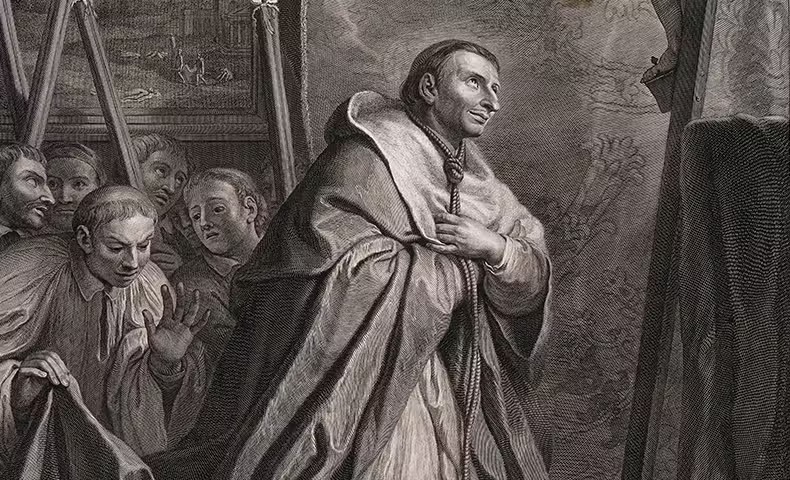
8. St. Charles Borromeo (1538-1584)
As the Catholic Church faced the growing Protestant movement, bishops were pivotal in leading reforms within their dioceses. They became key agents of change, maintaining the Church’s influence and adapting to new religious circumstances. One such leader was St. Borromeo, who became the archbishop of Milan at just 28. Before his appointment, Borromeo played a crucial role at the Council of Trent, defining the Catholic response to Protestantism. He tirelessly reformed the Catholic catechism, missal, breviary, and liturgy and was instrumental in establishing seminaries to improve priest education.
Borromeo seemed an unlikely bishop due to his early life as a cardinal living luxuriously before taking vows. However, upon arriving in Milan, he dedicated himself to his duties, presenting himself as a bishop rather than a cardinal to emphasize his pastoral commitment.
In Milan, Borromeo was known for thoroughly training the clergy, focusing on intellectual and spiritual development. He visited parishes, reorganized diocesan administration, and pioneered religious education for children, an early form of Sunday school. His efforts were recognized, and other bishops sought his advice. He ensured his ideas reached a broader audience by writing in Italian instead of Latin, amplifying his influence.
Borromeo’s intense zeal for reform led to hostility, including assassination attempts. Yet, his resilience left a lasting legacy. As the Church continues to seek bishop-led reforms from the Second Vatican Council, Borromeo remains a model of innovation and energy, adaptable to the Church’s evolving needs.
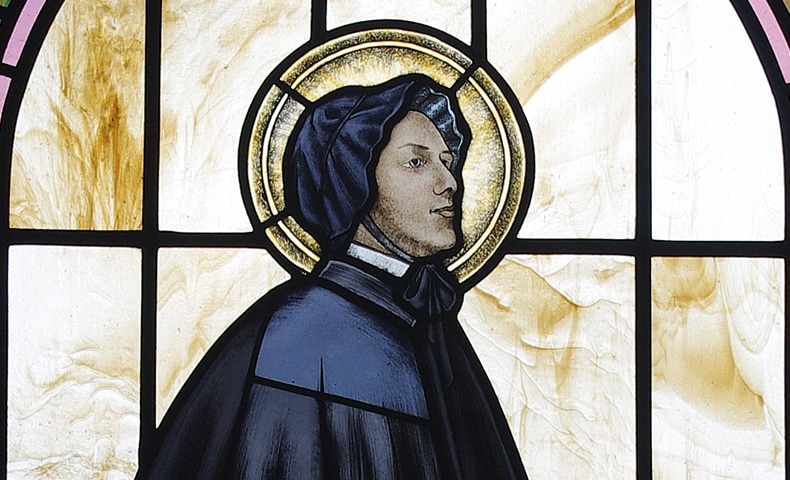
9. St. Elizabeth Seton (1774-1821)
Perhaps the most familiar figure to Americans is Mother Seton, the first native-born American saint. Widowed before 30, she converted from the Episcopal Church to Catholicism and founded the American Sisters of Charity, focusing on educating the underprivileged.
St. Elizabeth Seton revolutionized the role of women in religious life by moving them into the broader world. They became educators, ran orphanages, and served as nurses on battlefields. Seton’s order and other teaching orders lifted immigrant children from illiteracy to collegiate success, often within a generation. Their disciplined environments laid the foundation for careers in every field.
The nuns’ daily examples of corporal and spiritual works of mercy left a lasting legacy. These values deeply shaped their pupils, who became leaders, spouses, and parents. These nuns profoundly impacted the Catholic family, influencing communities and raising generations rooted in faith, education, and compassion.
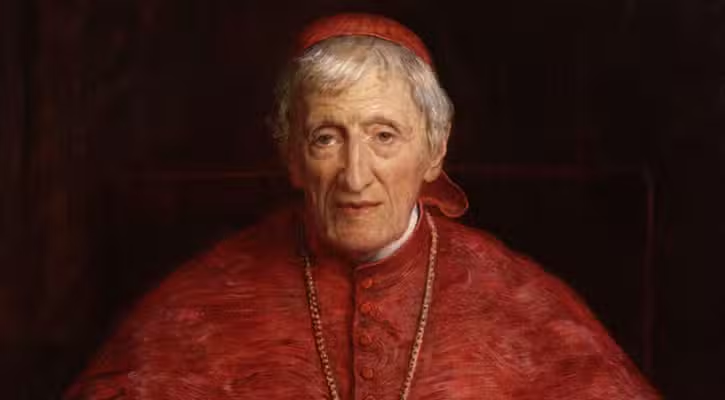
10. St. John Henry Newman (1801-1890)
A key figure in the Catholic rejuvenation was Cardinal St. John Henry Newman, so influential that some call Vatican II “Newman’s Council.” Initially an Anglican priest, Newman gradually converted to Catholicism, eventually becoming a Catholic priest and cardinal. He was a scholar and a compelling preacher who believed the Christian life involves continuous conversion, urging deeper faith amidst a changing world.
Newman’s lasting contribution was his approach to theology as a development. He argued that while doctrine doesn’t change, our understanding of faith’s truths evolves. He advocated for studying historical contexts to articulate faith effectively, cautioning that new ideas should align with historical truths to remain authentic.
Another significant legacy was his advocacy for an educated and engaged laity. He famously stated, “I want a laity…who know their religion, who enter into it…who know their creed so well that they can give an account of it.” Though he spoke in 19th-century terms, today’s Church sees both laywomen and laymen embracing vital roles as it progresses into its third millennium.
Uncovering More Details About Influential Catholics
A deeper understanding of the key figures in Catholic history can enrich one’s faith and give valuable insights into the Church’s evolution. You can find biographies and other educational resources on these influential Catholics, our “Saint of the Day” calendar, and Franciscan Media Shop, where you can find reading materials on the saints.
By delving deeper into these influential Catholics’ lives, teachings, and contributions, we can continue to be inspired by their example and apply their insights to our own spiritual journeys. Let us embrace this spirit of continuous growth and development as we honor the legacy of these significant figures in Catholic history. May their lives continue to inspire us towards a deeper understanding and appreciation of our faith as we work towards building a better world for all.
FAQs
Who is the most important person in Catholicism?
As a dynamic and evolving faith, Catholicism has no single “most important” person. Throughout its history, many individuals have played significant roles in shaping the Church and its teachings, from apostles to modern-day popes. Each person’s contributions enrich Catholicism and guide believers on their spiritual paths. Some figures may hold particular importance for specific individuals or communities based on personal connections or shared values. Ultimately, every person has their journey within the larger story of Catholicism, making it impossible to determine one “most important” figure.
Who are the famous lay Catholics?
Some well-known lay Catholics include Dorothy Day, Thomas Merton, and G.K. Chesterton. Dorothy Day co-founded the Catholic Worker Movement, promoting social justice and peace. Thomas Merton, a Trappist monk and writer, explored contemplation and spirituality. G.K. Chesterton was an author and apologist known for his wit and defense of Catholicism.
Who are some of the significant figures of American Catholicism?
Some of the significant figures of American Catholicism include Archbishop John Carroll, the first bishop and archbishop in the United States; Mother Mary Elizabeth Lange, founder of the Oblate Sisters of Providence, the first order for Black Catholic women; Father Augustus Tolton, the first recognized African American priest; Dorothy Day, co-founder of the Catholic Worker Movement; and St. Katharine Drexel, founder of the Sisters of the Blessed Sacrament and advocate for Native Americans and African Americans.
Who are the most powerful people in the Catholic Church?
The Catholic Church is a complex and diverse institution, with many individuals holding positions of influence and power. Some of the most powerful people in the Catholic Church include Pope Francis, who leads the Holy See and oversees the Vatican; cardinals, who assist the pope in governing the Church; bishops, who lead dioceses around the world; and influential theologians, writers, and activists.
Who is the kindest female saint?
Identifying one “kindest” female saint is impossible since kindness is subjective, and different saints may exemplify it in unique ways. However, notable female saints known for compassion include St. Mother Teresa of Calcutta, St. Elizabeth Ann Seton, St. Therese of Lisieux, and St. Rose of Lima.
Who is the leader of all Catholics?
The leader of all Catholics is the pope, who holds immense responsibility and authority as head of the Catholic Church. Pope Francis serves as the 266th pontiff, succeeding figures like St. Peter and St. John Paul II.
Which US presidents are Catholic?
There have been two US presidents who were Catholic: John F. Kennedy and Joe Biden.
How has Catholicism impacted art and culture?
Catholicism has significantly impacted art and culture throughout history. Many famous works of art, such as Michelangelo’s Sistine Chapel ceiling and Da Vinci’s Last Supper, have strong religious themes rooted in Catholicism.
Who is the father of Catholicism?
The father of Catholicism is generally considered to be St. Peter, one of Jesus’ twelve apostles and the first pope. He played a crucial role in establishing the early Church and spreading Christianity throughout the Roman Empire. However, it could also be argued that many other figures, such as St. Paul or Constantine the Great, contributed significantly to shaping Catholicism’s development.
This first appeared in the pages of St. Anthony Messenger.


